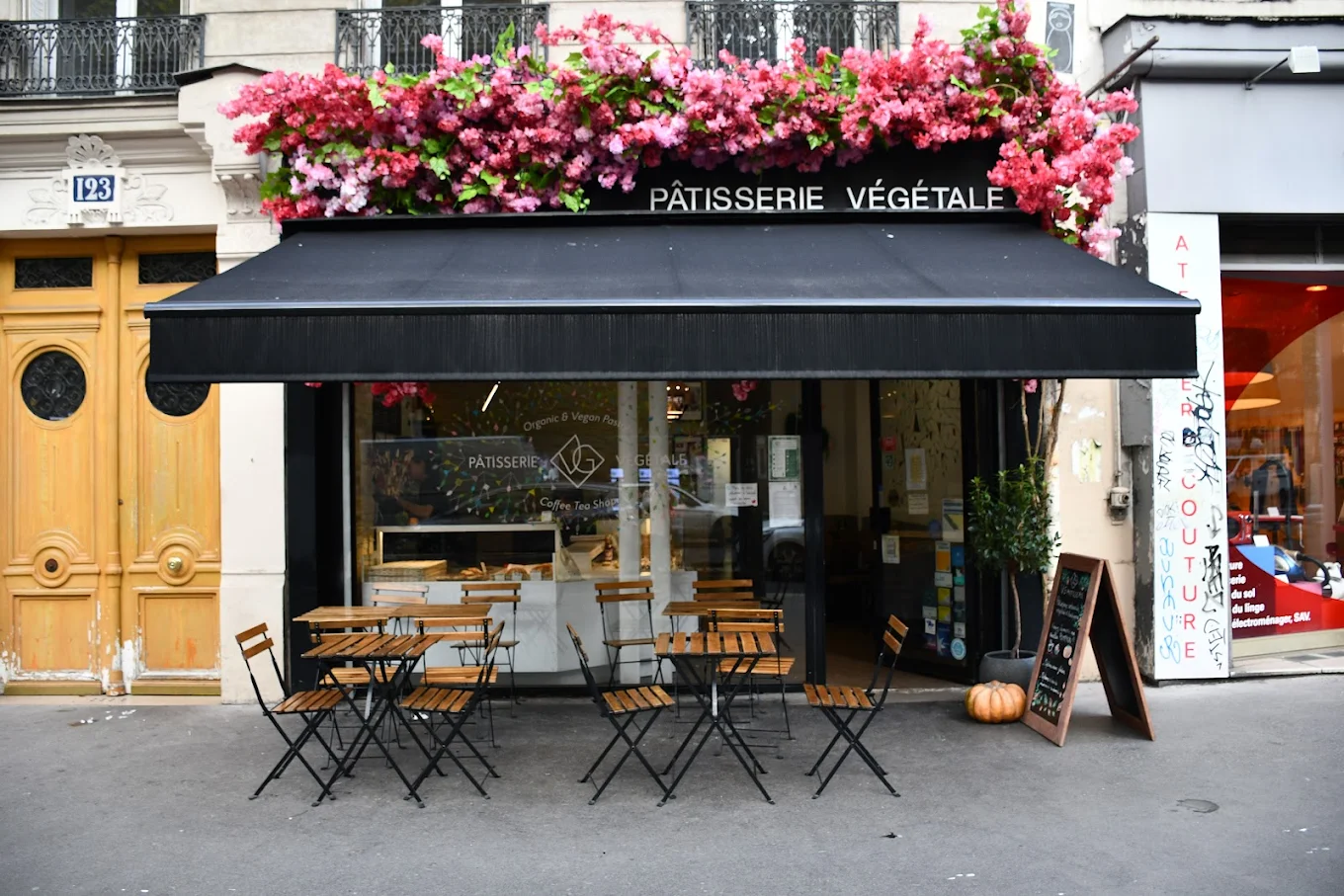Paris is truly a city of museums. There are so many museums that it is almost impossible to see them all in a limited amount of time. However, once you are here you cannot leave without visiting the Louvre Museum.

Unless you are like me and enjoy making detailed travel plans in advance, make a note of this right away. You should buy tickets for the Louvre early. If you wait until the last day, it will be very difficult to find tickets. I waited until the last minute and couldn’t find any tickets, but just as I was about to give up I managed to find some last-minute tickets.
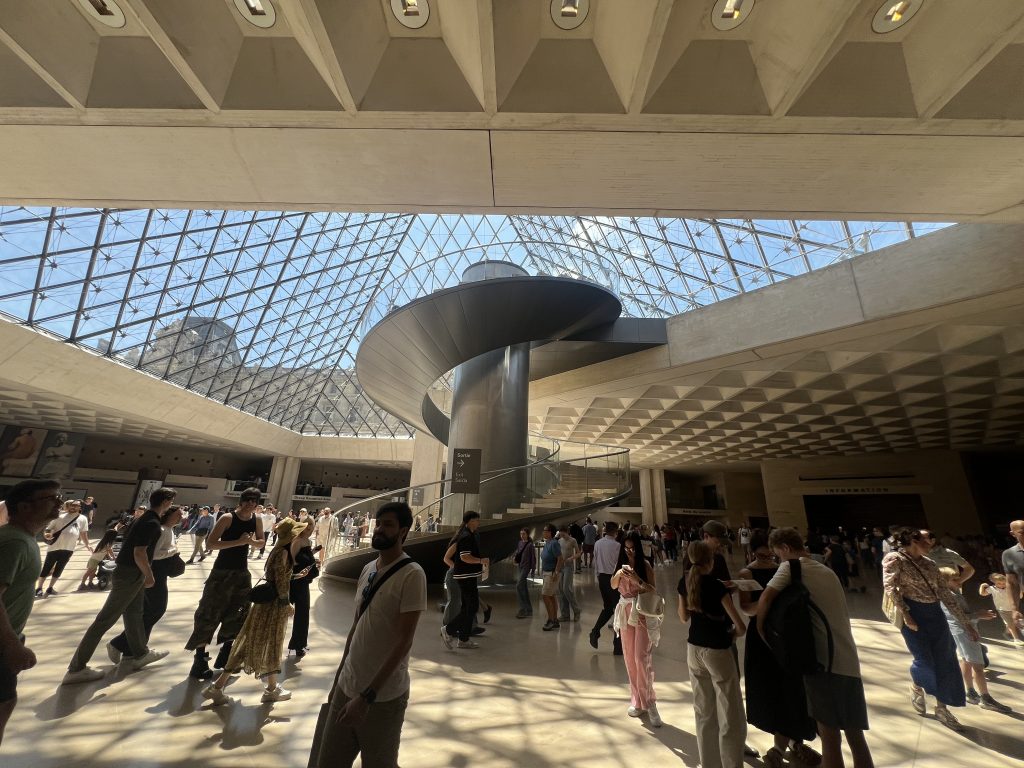
Since it was so difficult to get tickets, I expected there to be a long line at the museum entrance, but that wasn’t the case. However, as soon as I entered I realized that the Louvre was the most crowded museum I had ever been to. But when you enter that iconic glass pyramid you know it’s all worth it. The history of the museum is as interesting as the artworks inside.
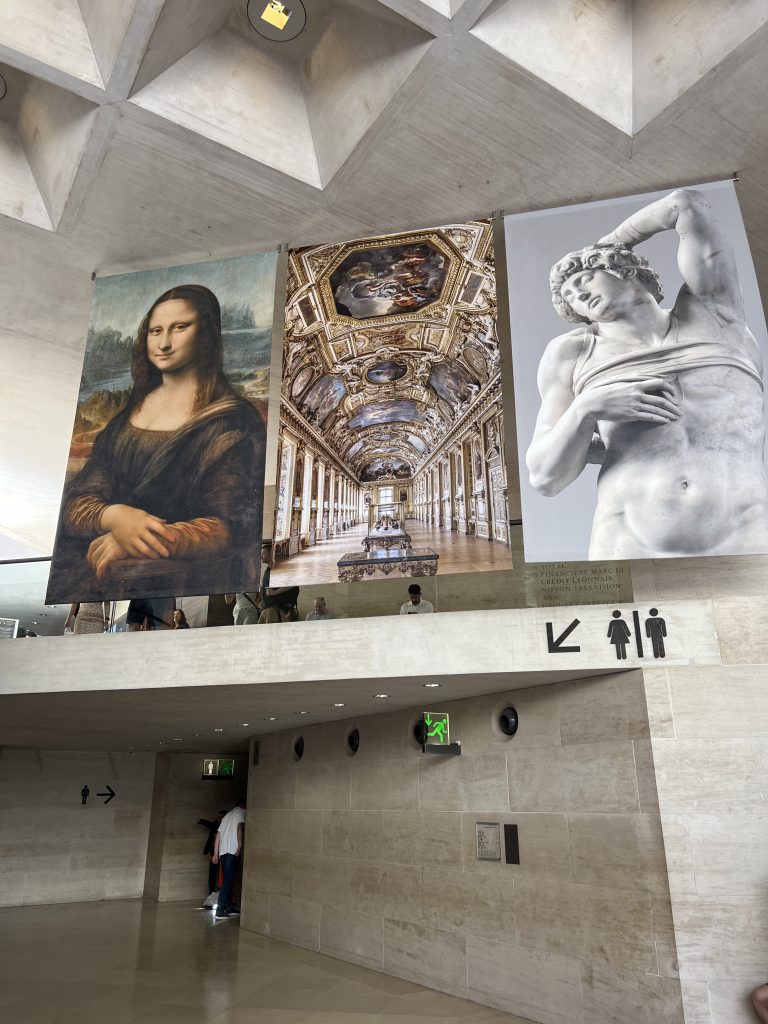
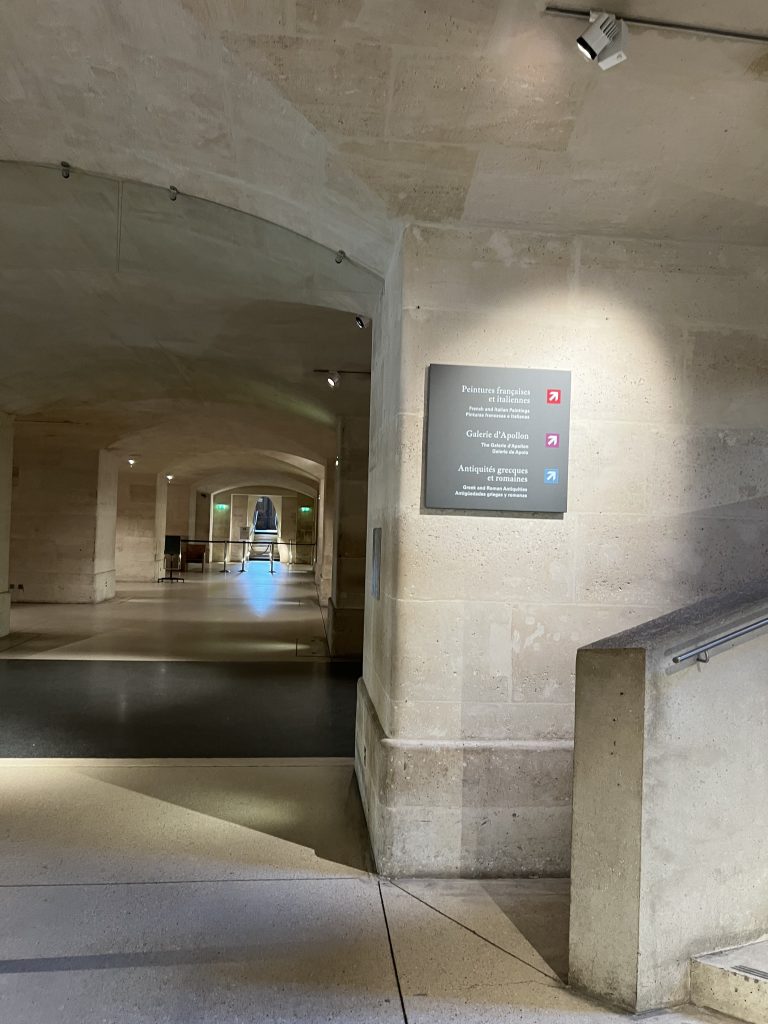
When you visit the Louvre, you don’t just see the Mona Lisa or take a selfie under the glass pyramid. You step into centuries of history.
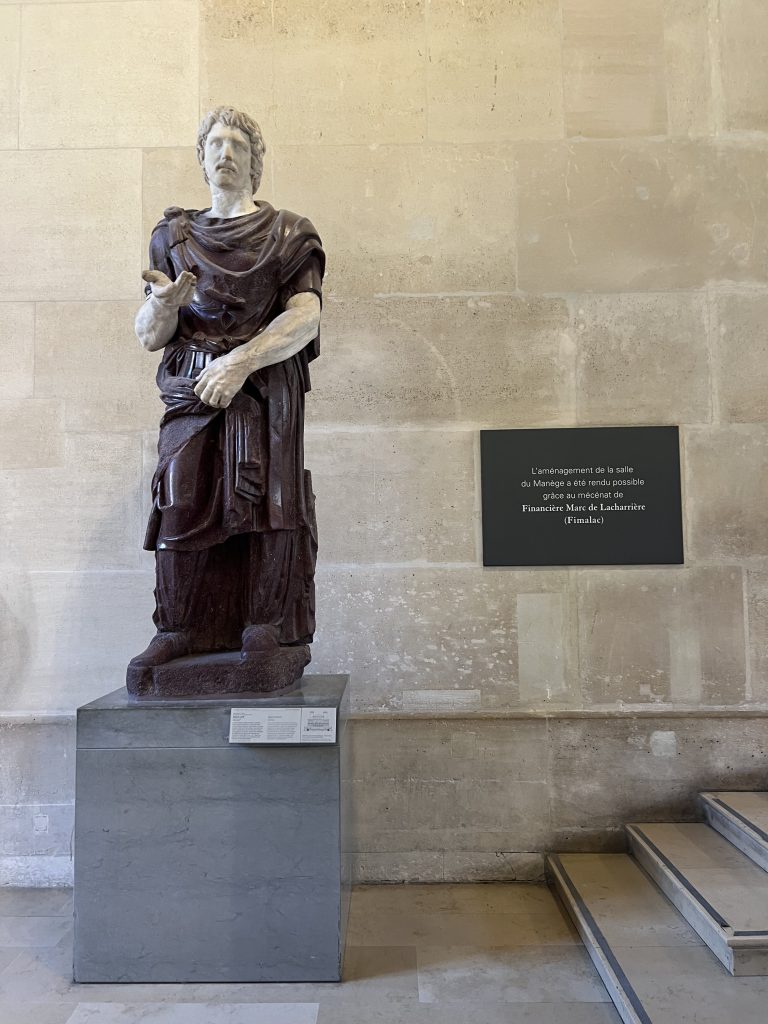
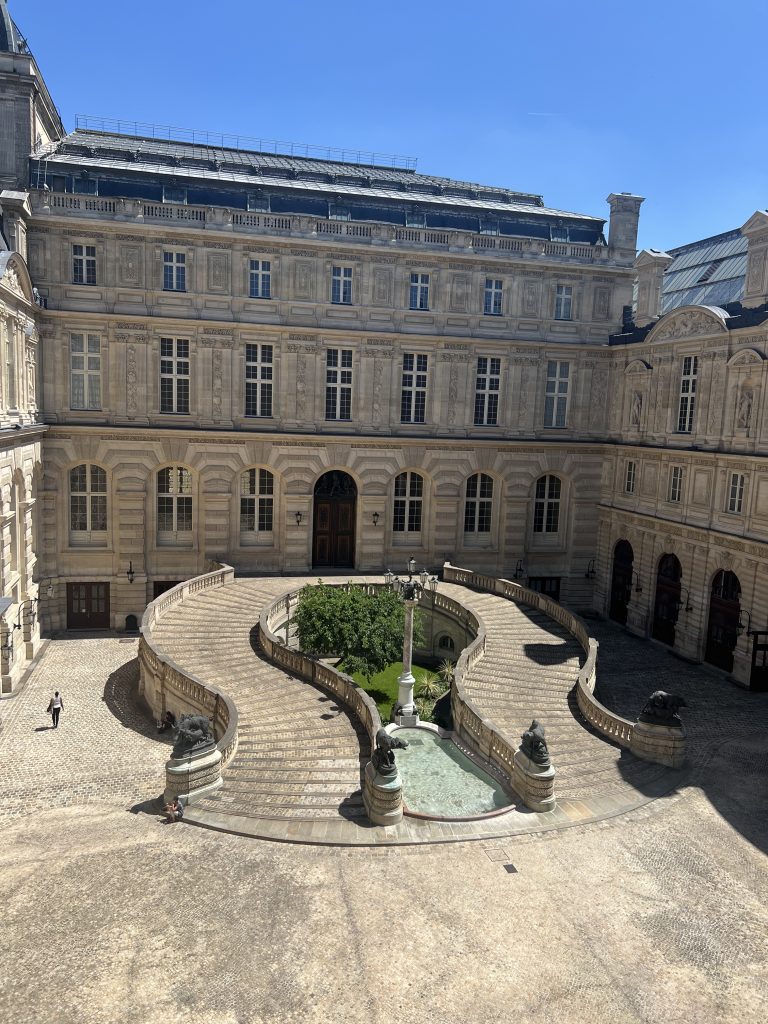
The Louvre was not always a museum. It was actually built as a fortress along the Seine River during the reign of King Philippe Auguste in the late 12th century to protect Paris from possible invasions. If you walk around the lower floors today, you can still see some examples of the original medieval stonework.
Later, in the 16th century, King François I converted the castle into a royal palace. Yes, this is the famous François who purchased Leonardo da Vinci’s Mona Lisa painting. That is why the Mona Lisa is now greeting us in Paris instead of Italy.
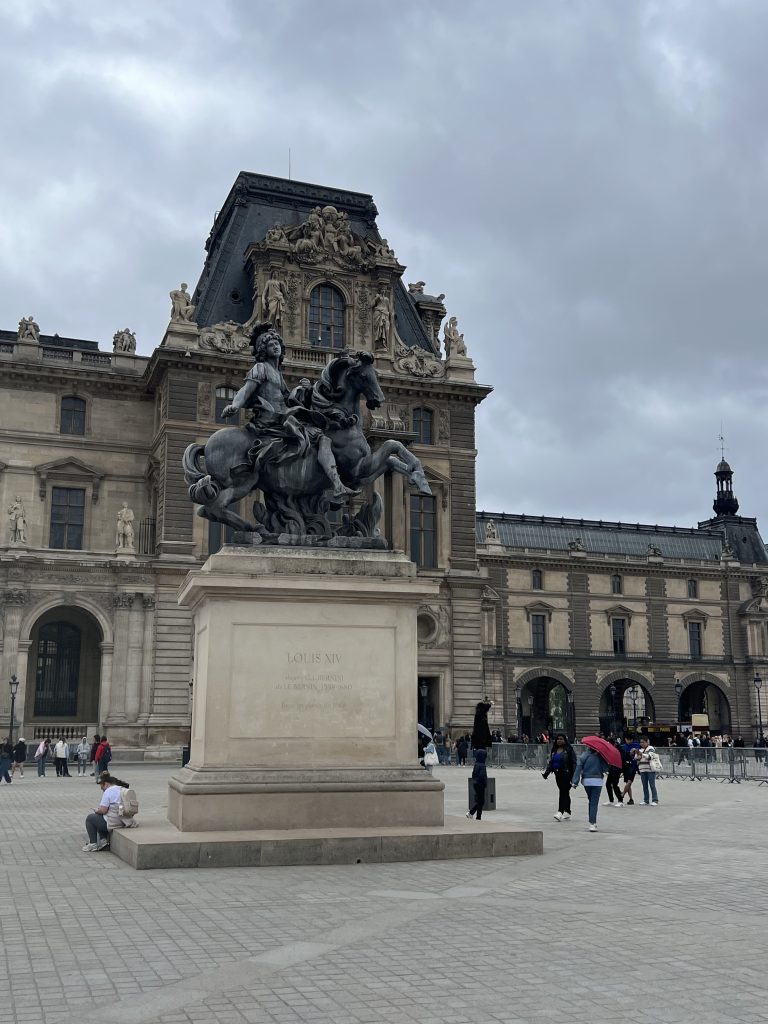
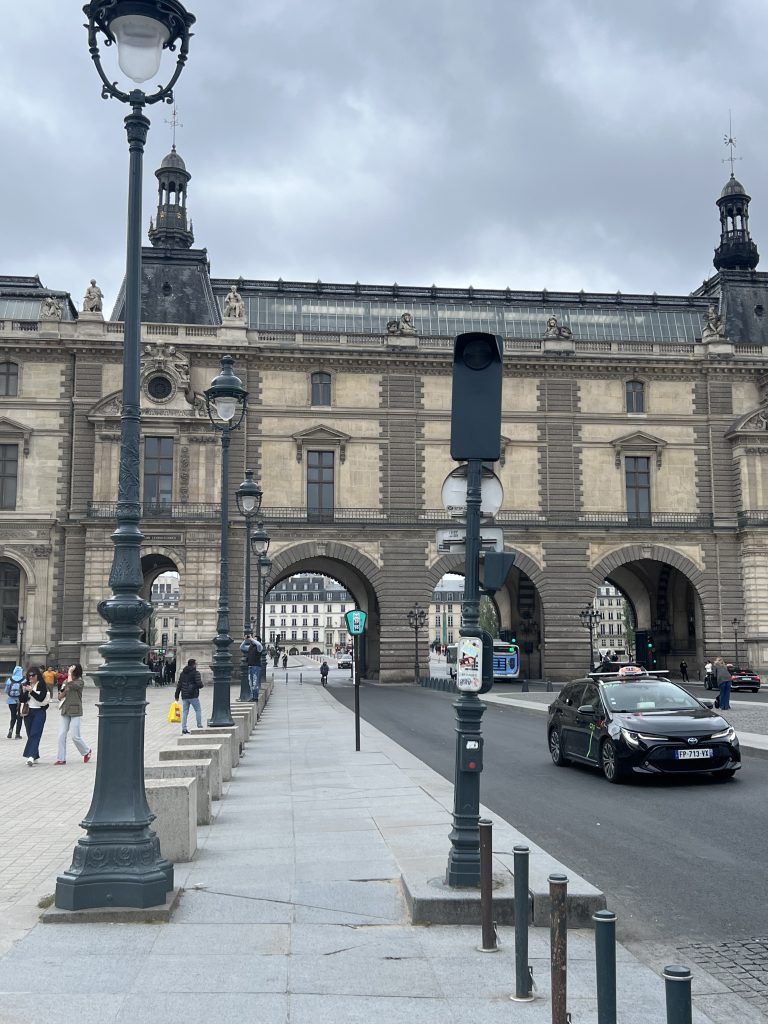
As the palace expanded and grew over time, King Louis XIV finally decided to move the royal palace to Versailles, leaving the Louvre almost empty.
The Louvre officially became a public museum during the French Revolution in 1793.
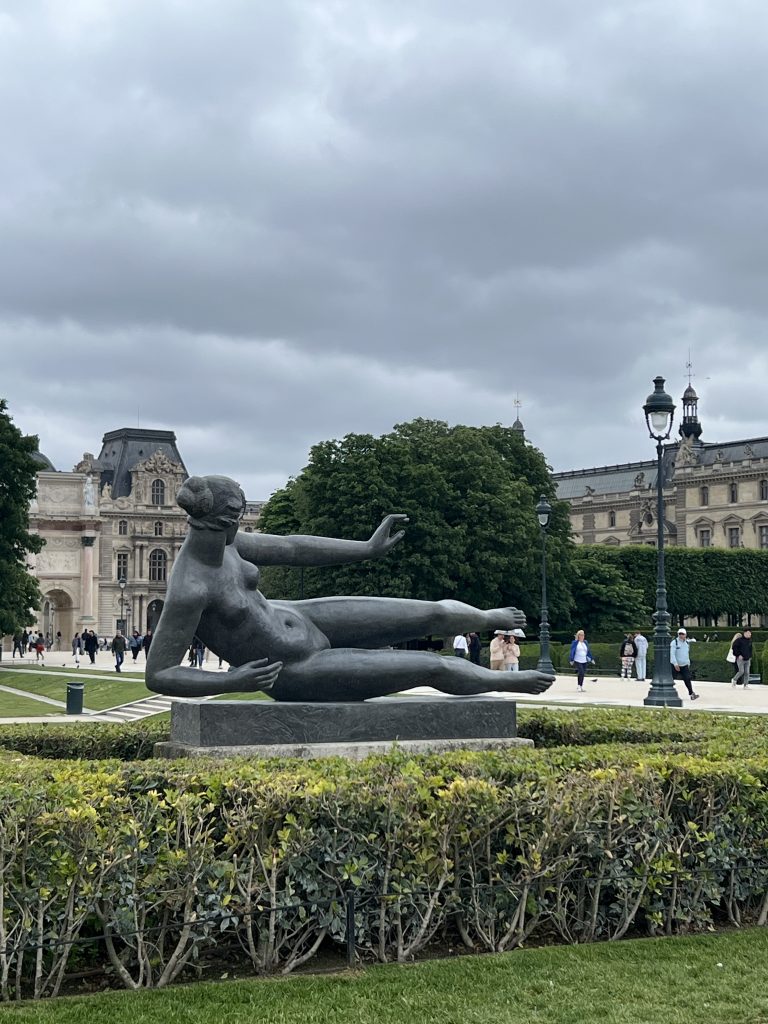

Let’s get to the point that really interests me. How did so many works of art end up here?
Some of them came from royal collections. However, during Napoleon’s reign a large number of works of art from Europe and beyond were brought to France.
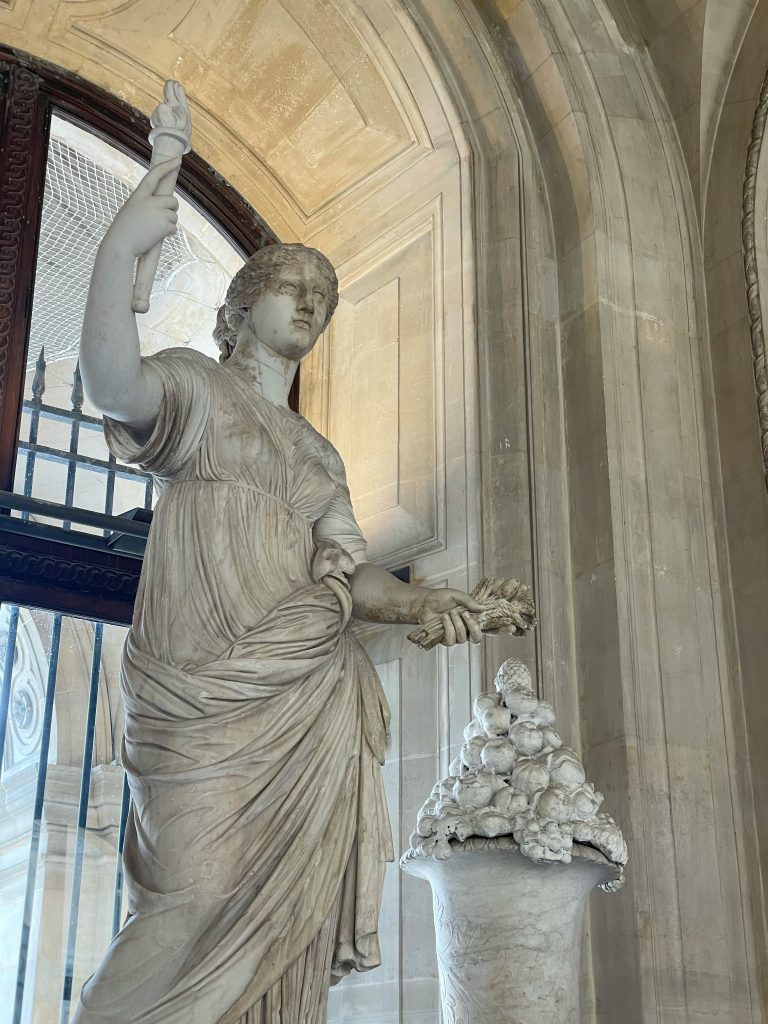
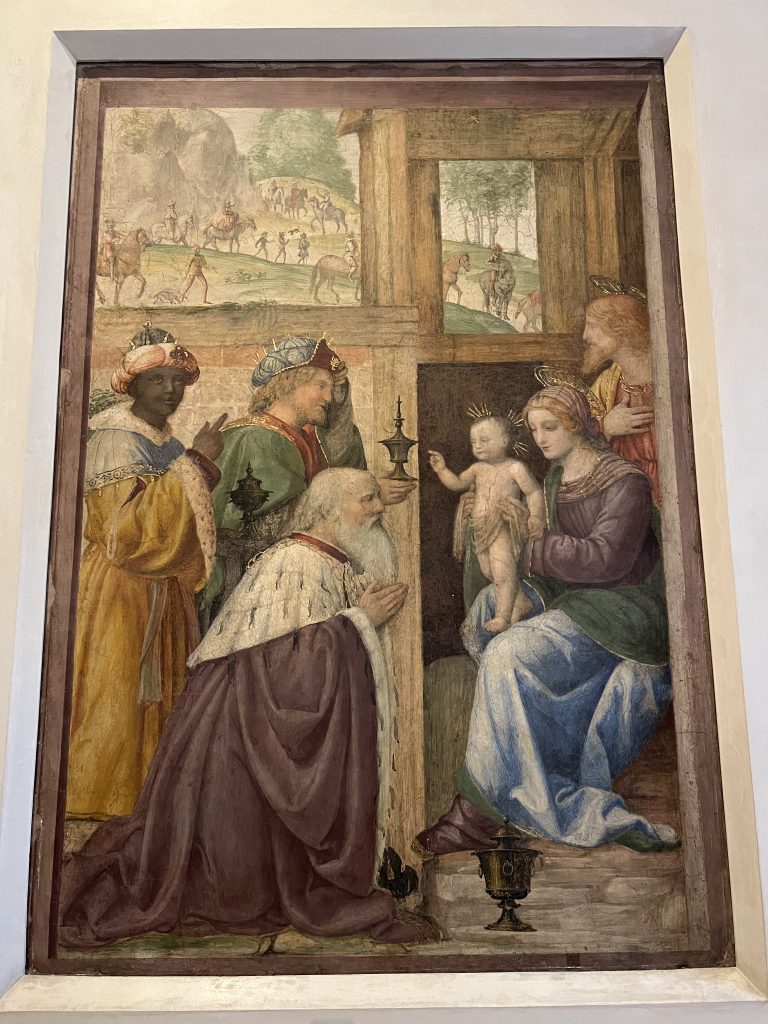
Although the Louvre has returned some of these works to their places of origin, it still possesses many treasures from ancient Egypt, Mesopotamia, Greece, and Rome, as well as Islamic art, Renaissance masterpieces, and French neoclassical works.
But the most famous ones are still here. For example, the Greek goddess statue Venus de Milo, discovered on the island of Milos in 1820 and brought to France shortly thereafter, is missing its arms.
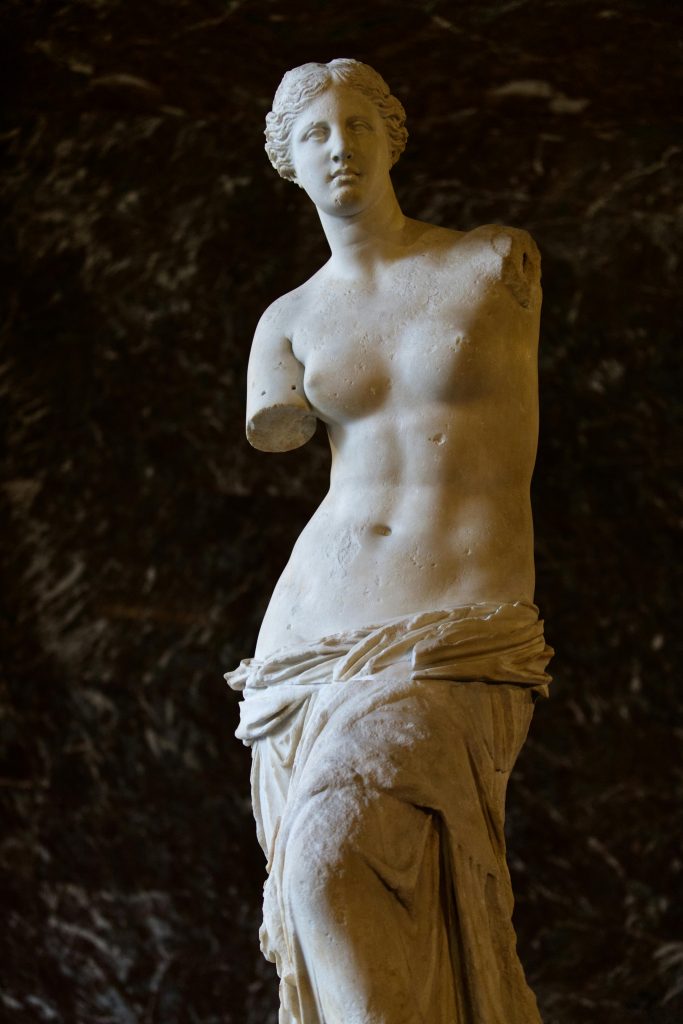
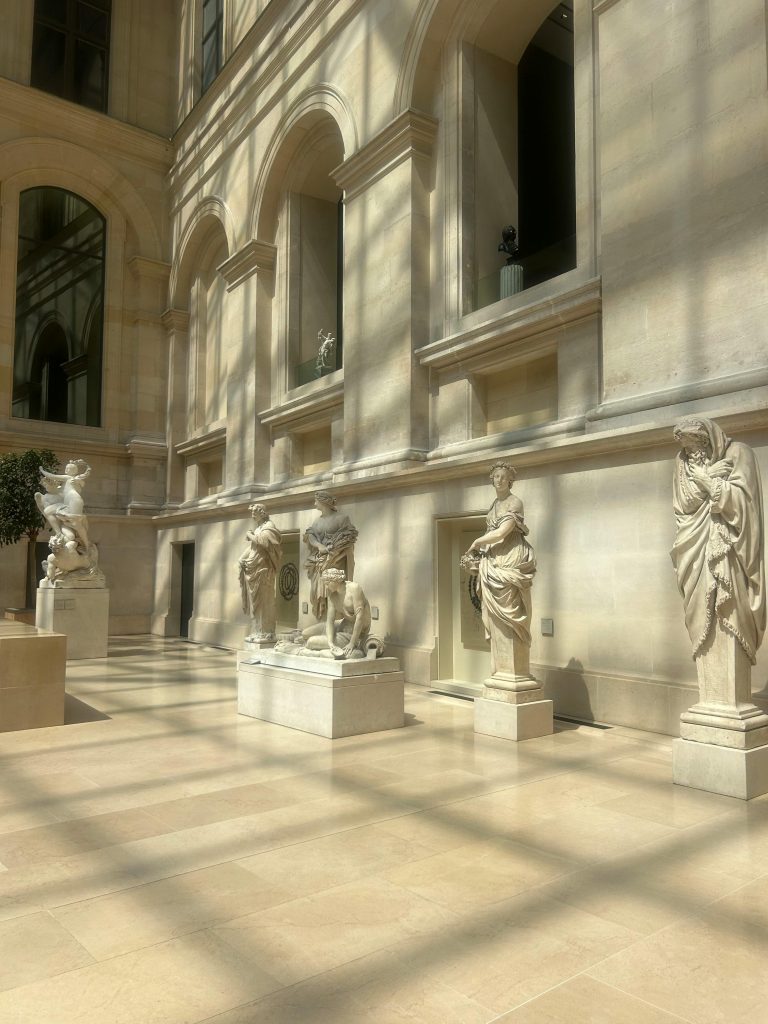
Hello Mona Lisa
This is definitely the most crowded place in the museum. A serious crowd is waiting in line to take selfies with Mona Lisa. For some reason, I was expecting a larger painting, but I encountered a small Mona Lisa. Wherever you go, she follows you with her eyes. However, it was so crowded that I couldn’t test this because there was no room to move.
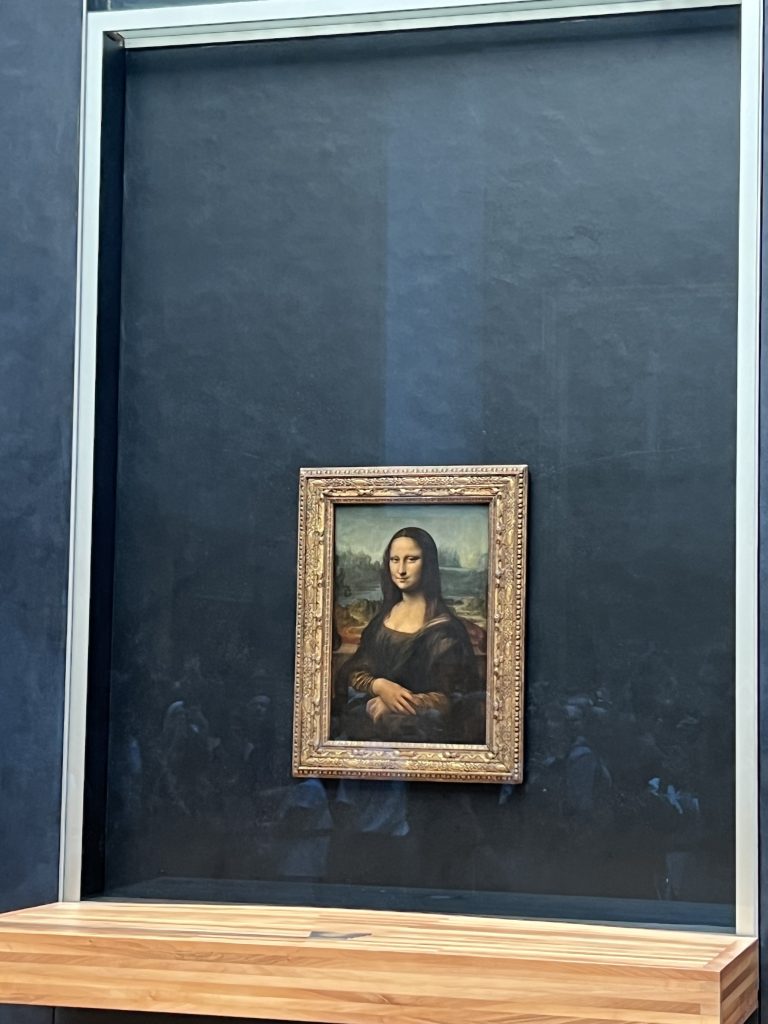
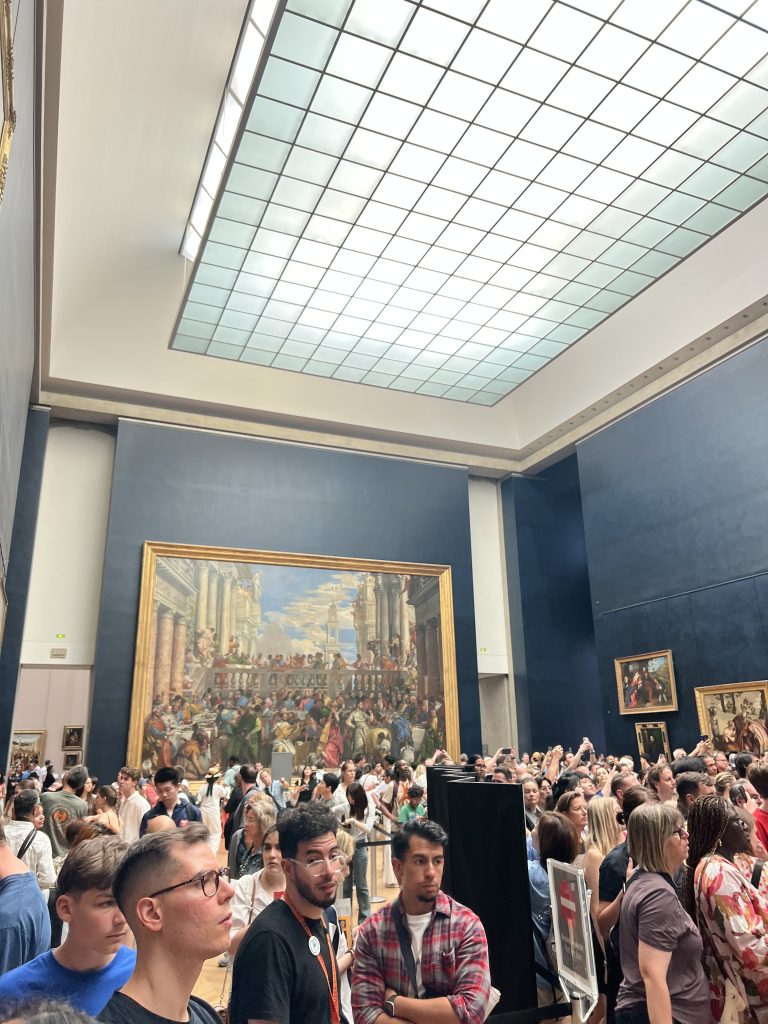
Painted by Leonardo da Vinci, one of the most famous masters of the Renaissance, the Mona Lisa became legendary after it was stolen in 1911. The incident made headlines around the world and turned it into an icon. Since then, its image, story, and enigmatic smile have attracted millions.
If you think the museum is over after seeing the Mona Lisa, you’re mistaken. We’ve only just begun.
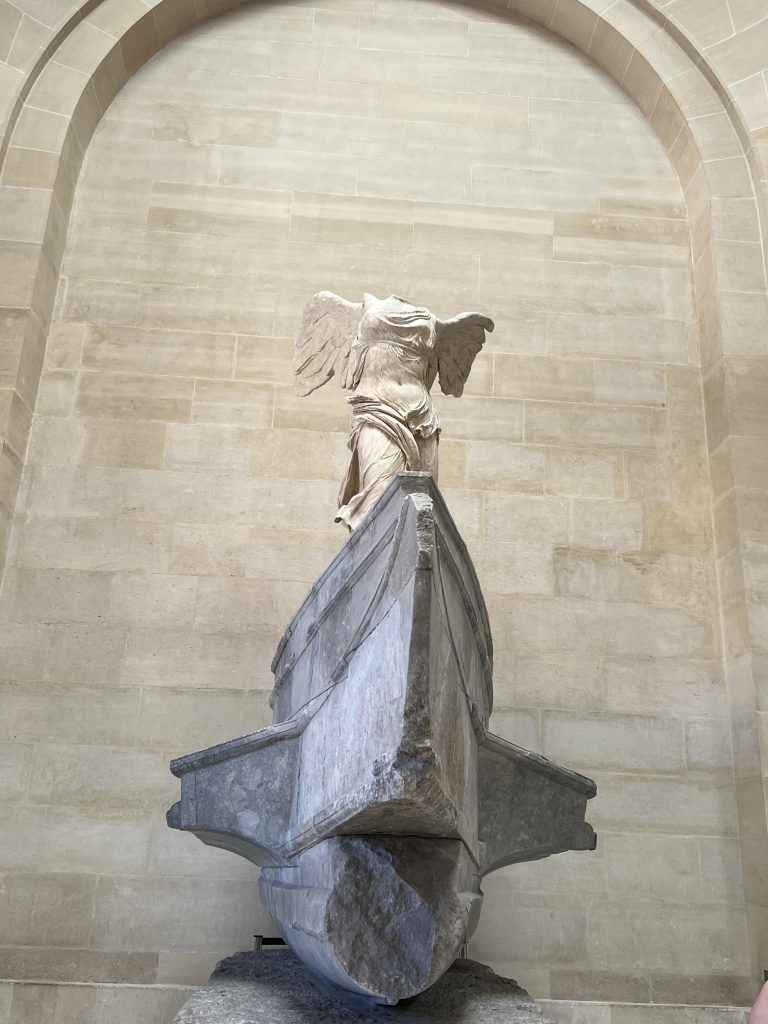
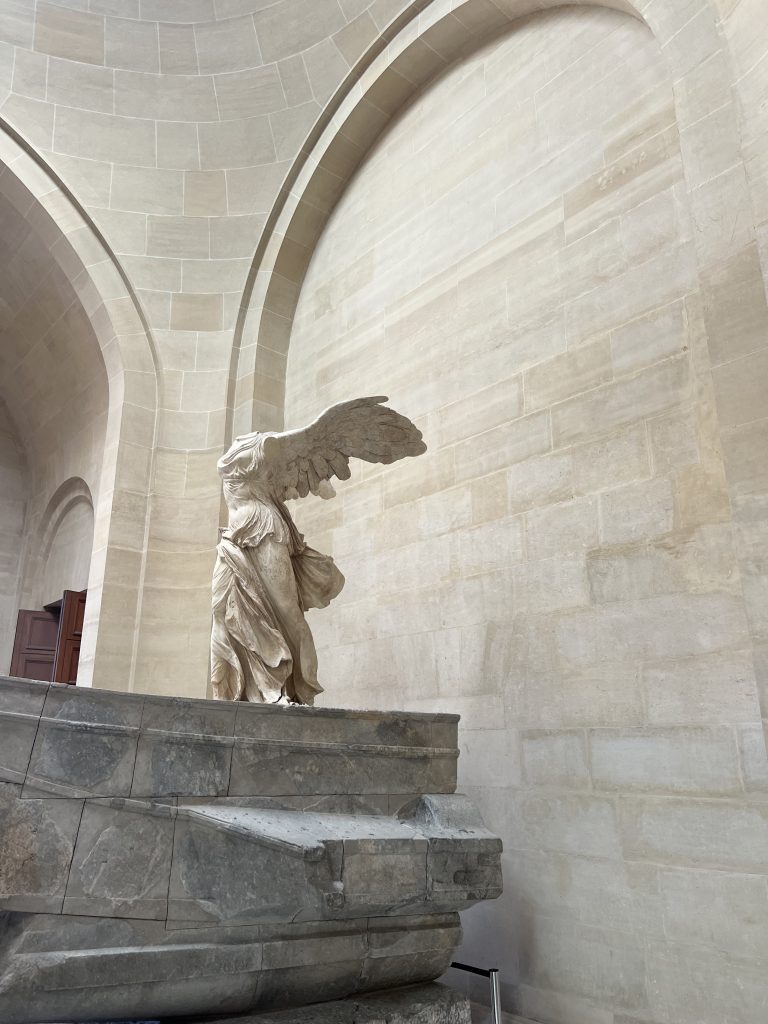
Just a few steps away from the Mona Lisa you will find one of the most impressive sculptures in the museum, Winged Victory of Samothrace. Depicting the goddess of victory, Nike, this ancient Greek sculpture stands proudly on the stairs with her wings spread wide.
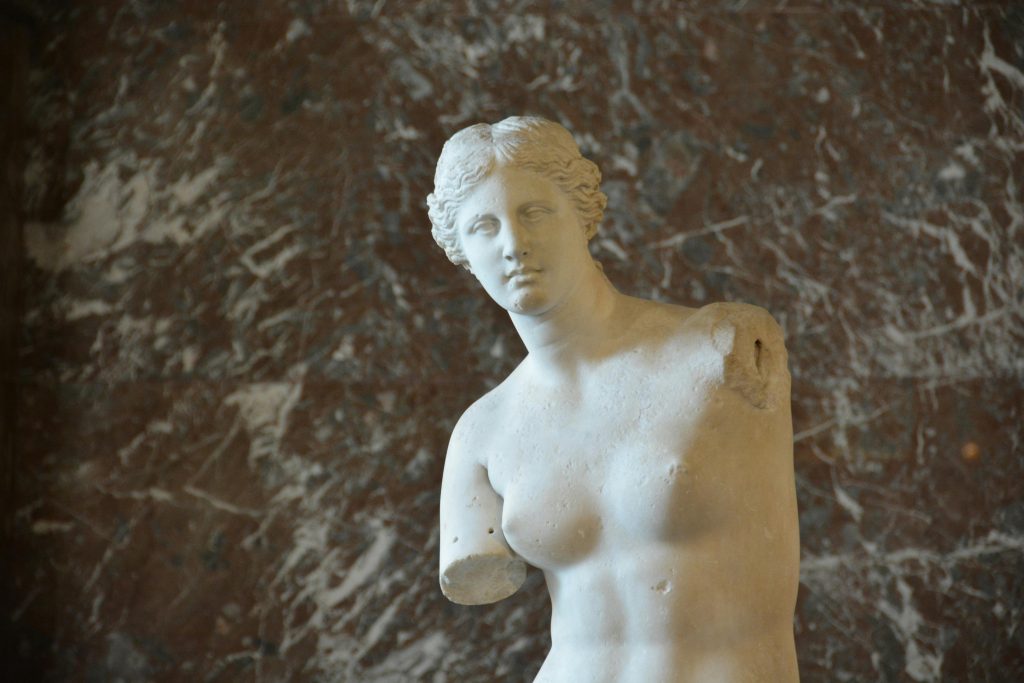
Next stop? Another iconic work of ancient Greek art, the legendary Venus de Milo. The absence of her arms does not detract from her beauty, but rather adds to her mystery. Believed to represent Aphrodite, this statue dates back to 100 BC and is one of the most visited sculptures in the museum.
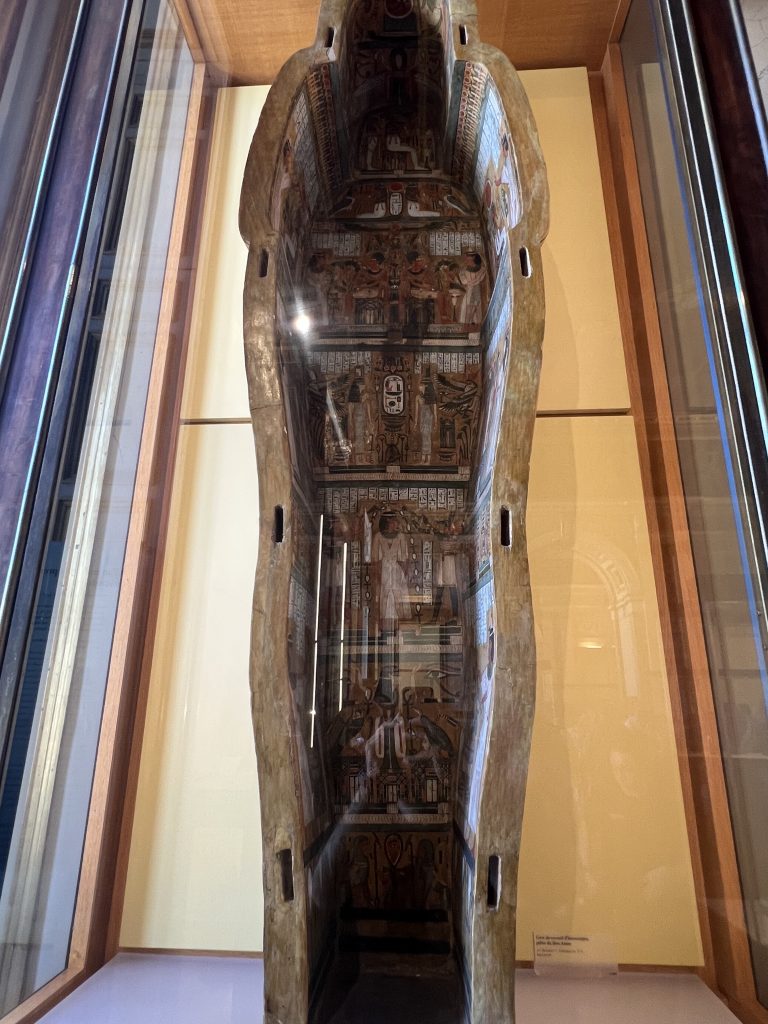

Don’t miss the Egyptian section. You’ll travel back in time with mummies, coffins, papyrus scrolls, and incredibly detailed sculptures. This section is a journey in itself, bringing ancient Egypt back to life in the heart of Paris, from pharaohs to gods.
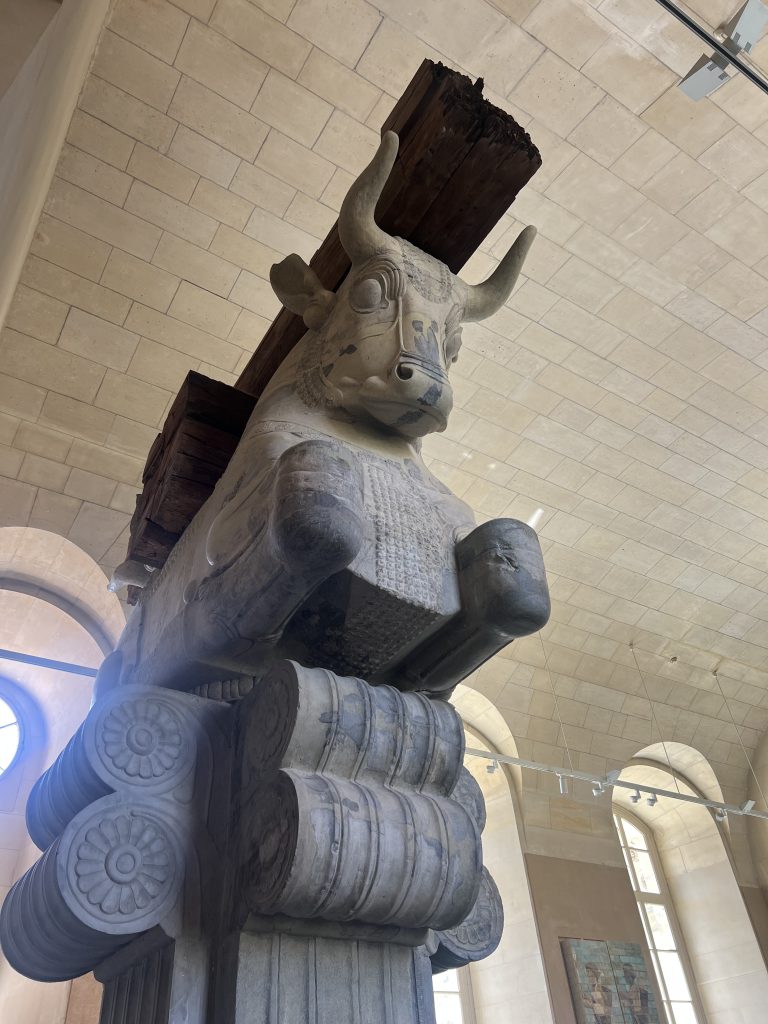
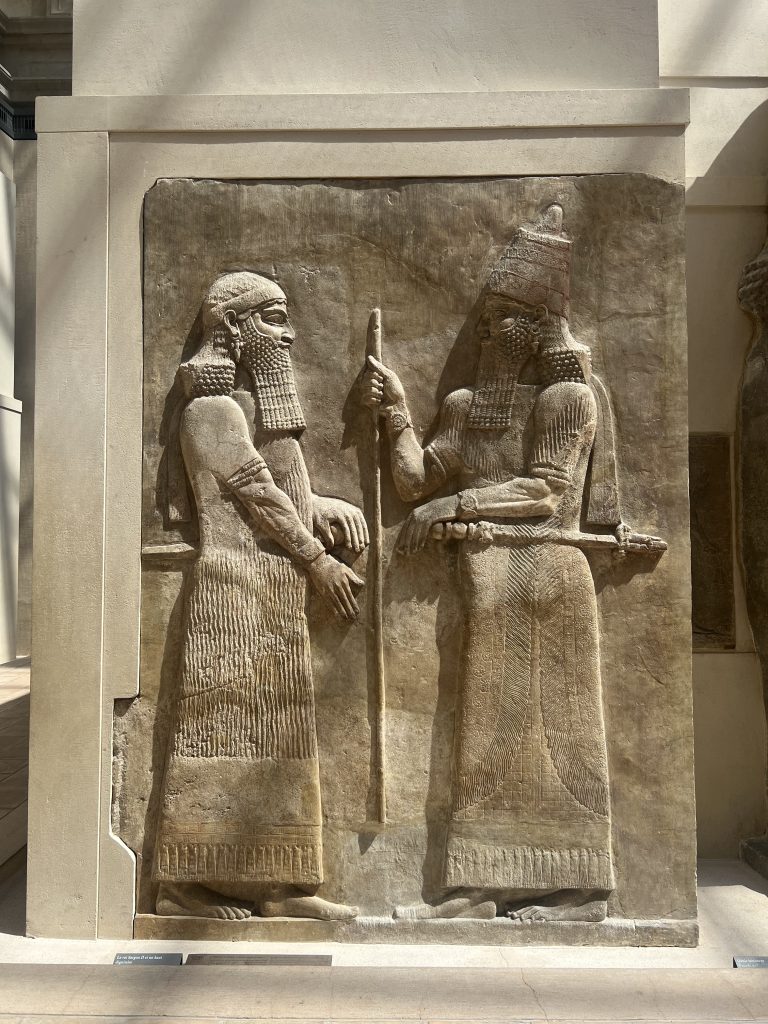
When you move on to another section, you will see massive sculptures from ancient Persia and Mesopotamia, including winged bulls from Assyria, cuneiform tablets, and artifacts dating back more than 4,000 years.
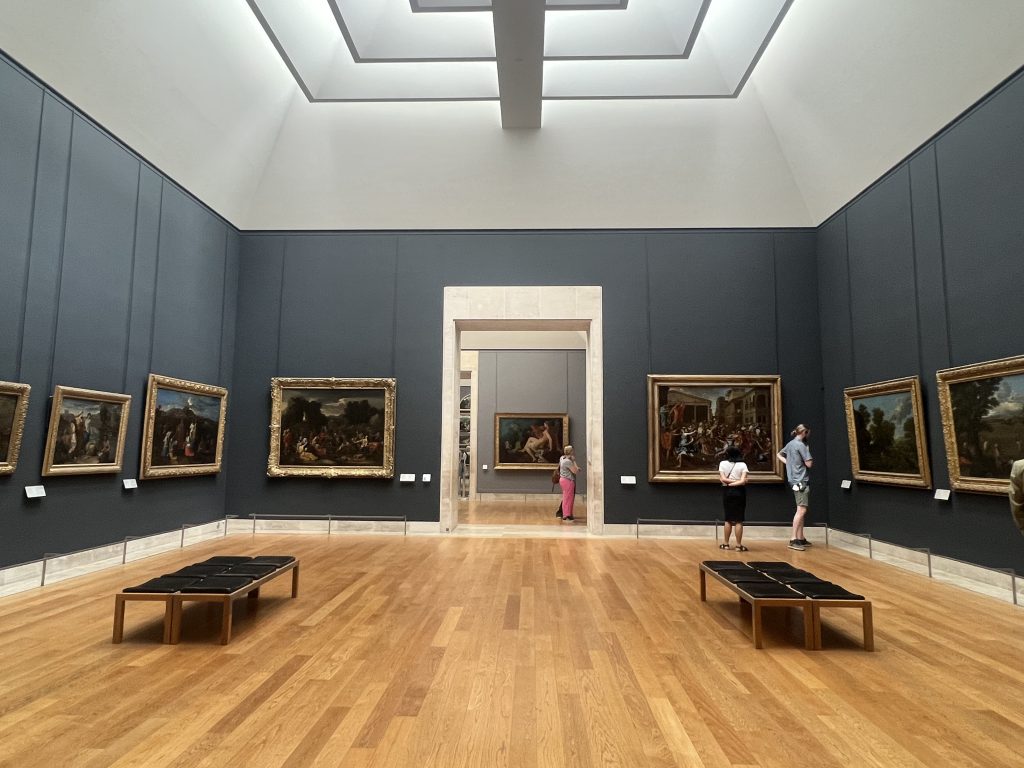
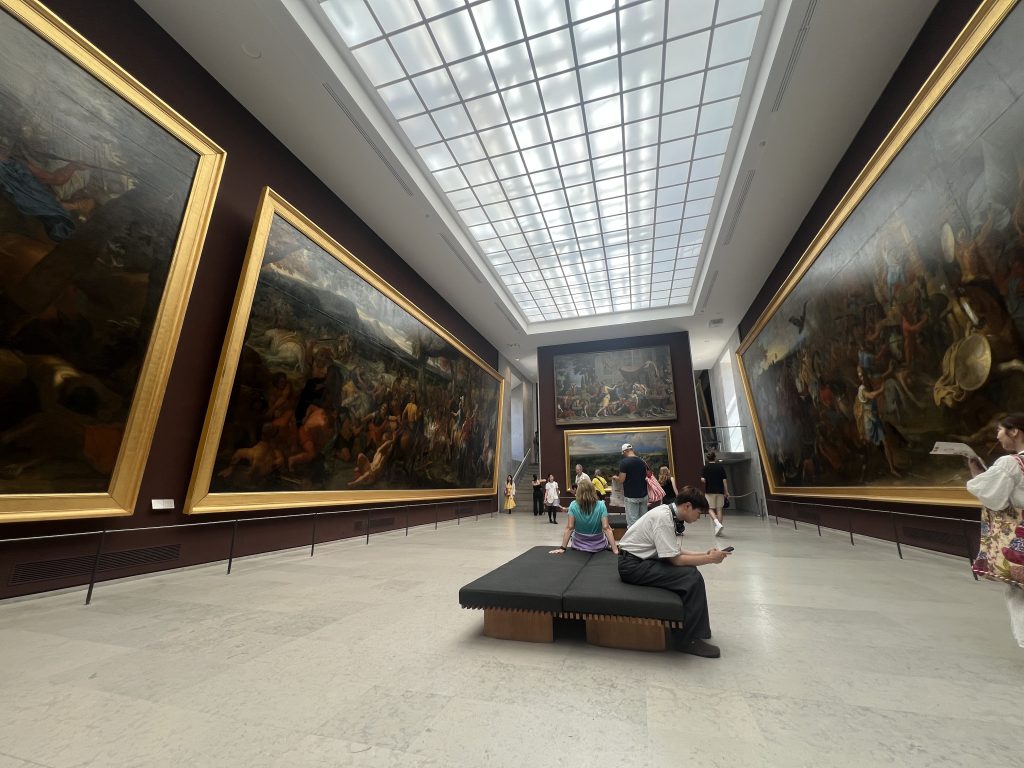
If you enjoy paintings, the French art section is a must-see. Here, you can see the famous painting Liberty Leading the People, a powerful work that reflects the spirit of the revolution.
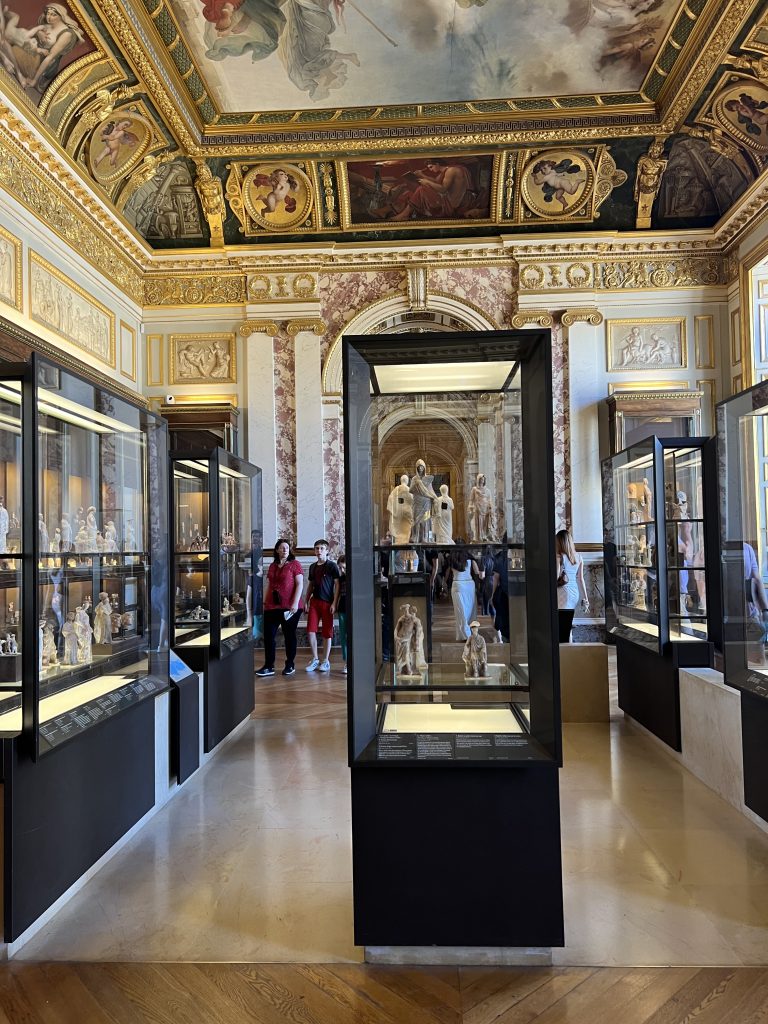

A little bit of Louvre info
The museum is split into three main wings.
Denon Wing: Mona Lisa, Italian paintings, major French works
Sully Wing: Ancient Egypt, Venus de Milo, foundations of the medieval Louvre
Richelieu Wing: Mesopotamia, sculpture garden, Napoleon’s apartments
As you explore this vast museum, you will travel through the ages. Whether you are a history buff, an art lover, or simply curious, there is something in this museum that is sure to surprise you.









